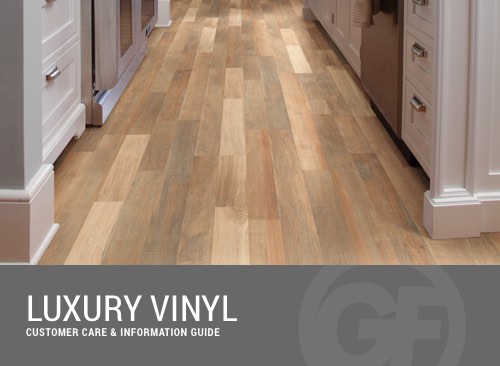LVT/LVP Care & Maintenance
Our luxury vinyl flooring will provide you with years of easy care. Learn a few simple care & maintenance steps to take to keep your LVT or LVP floor looking new for years to come.
Care Guide For LVT & LVP Flooring
Luxury vinyl flooring is a breeze to care for. To keep your floor clean & beautiful, take the following steps:
- Sweep or vacuum as often as is needed to remove loose dirt.
- Wash the floor with a non-abrasive, "no-rinse" floor cleaner
- When damp mopping, use warm water & don't flood the floor
Do not use soap-based detergents, abrasive, "mop-and-shine" products, wax, or bleaches (except to sanitize septic backup).
Never push, pull, or drag heavy furniture or furnishings across the floor. Always lift & carry the items if possible or use furniture sliders. Note that latex or rubber mats may cause yellowing or discolorations. Do not use any resurfacing coating, such as polyurethane or acrylics, as these may void the warranty or cause peaking.
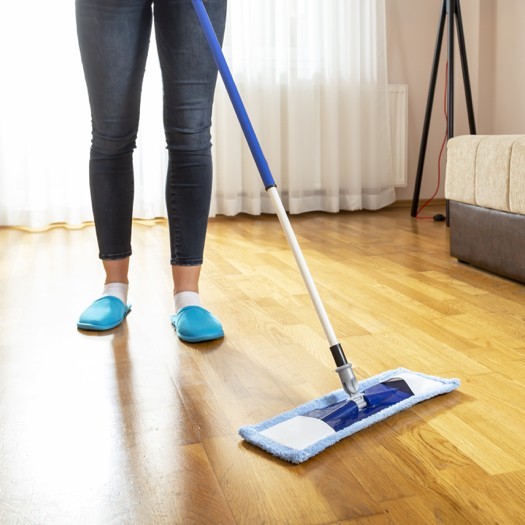
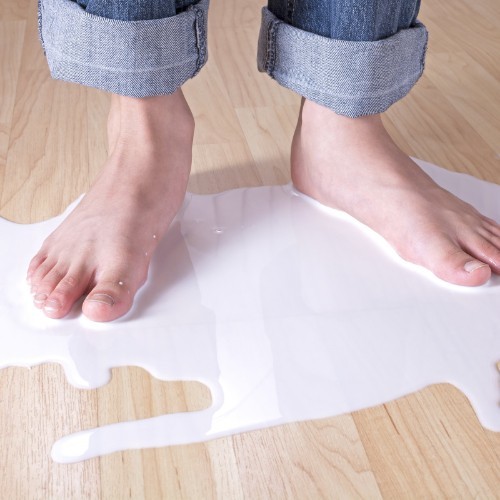
Removing Stains & Spills From LVT & LVP
Utilize the following tips to remove stains or spills & minimize permanent damage:
- For acids, alkalis, blood, ketchup, mustard, cleaners, strong soaps, dye & dye markings, food, candy, grass, iodine, mercurochrome, rust, urine, or excrement, scrub the area with a full-strength vinyl cleaner, a 10-to-1 dilution of water to bleach, or isopropyl alcohol in that order. Rust may respond better to lemon juice.
- For paints & solvents such as dry cleaning fluids, lacquer, latex paint, nail polish, oil paints, wood stains, or varnish, gently peel the dry substance from the floor. If needed, scrub the area with a heavy-duty stripper and cleaner approved by your floor's manufacturer. You can also rub lightly with mineral spirits, paint thinner, or nail polish remover.
- For substances that won't wipe up, such as adhesives, asphalt, chewing gum, oil, grease, candle wax, or tar, follow the steps for paints & solvents if you cannot remove the excess with a dull kitchen knife.
- For scuffs & smudges from rubber heels or shoe polish, rub with your fingertip to create friction. If this does not remove the substance, follow the steps for paints & solvents.
Please take caution when using isopropyl alcohol, lighter fluid, odorless mineral spirits, or paint thinner, as these are flammable solvents. Always rinse the affected area with clean water, no matter your treatment.
Additional LVT/LVP Care Tips
Residential vinyl of the "no-wax" variety requires only damp mopping and no abrasive cleaners that could damage the finish.
Vinyl is susceptible to tears or dents from heavy objects, so exercise extreme caution when moving appliances & furniture. Plastic glides or double-wheel casters on chairs & tables will protect your floor.
Unbacked doormats outside each entrance to your home prevent dirt, sand, grit, oil, asphalt, or driveway sealer from being tracked onto your floor. Avoid rubber-backed, latex-backed, vinyl-backed, or cocoa fiber mats that can stain or damage your floor's surface.
Close curtains or blinds where extreme sunlight hits the floor, as heat & sunlight cause most home furnishings (including vinyl floors) to fade or discolor.
Immediately after installation, don't replace furniture or allow heavy traffic for 24 hours. You can remove factory printing on the surface with mild detergent & water.
Heavy furniture should rest on glass or hard plastic caps, while frequently-moved furniture like chairs should have easy ball-bearing swiveling action.
Sweep or vacuum regularly to remove dirt & grit that can scratch the floor, and wipe up all spills promptly and thoroughly with a damp cloth or mop, washing with a mild detergent when needed. You can restore your floor's original gloss by vacuuming, washing & applying 2-3 coats of floor-restoring polish.
High-heeled shoes can cause damage that your warranty may not cover. Keep shoe tips in good repair to combat this problem.
Appliances & heating ducts emit a direct flow of hot air that can cause discoloration over time. Keep motors & exhaust areas free of dust build-up to help reduce heat, while heating system dampers can be adjusted to control outlet temperatures & airflow direction. Remember that cigarettes, matches & other hot objects can also cause damage.
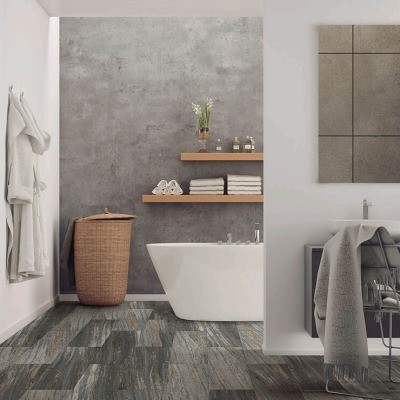
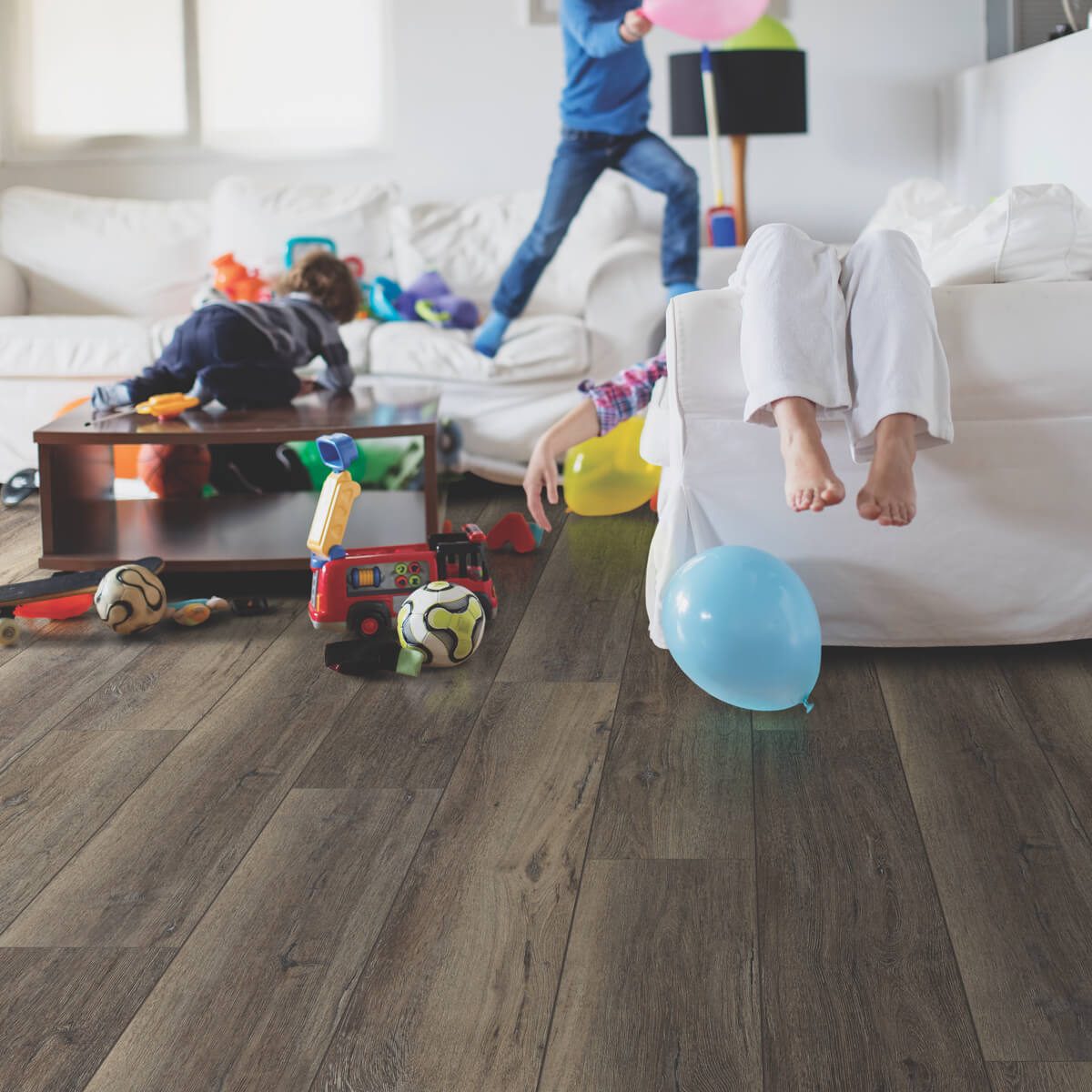
Stain & Spill Removal
Utilize these tips when removing the following types of stains:
- Rubber heel marks: Apply Fantastick & wipe with a clean, damp cloth. You may require a small amount of mineral spirits.
- Household stains such as blood, ketchup, mustard, fruit juice, rust, urine, & excrement: Treat these stubborn stains with a 1-to-1 concentration of water to liquid bleach on a saturated cloth for up to one hour.
- Paints or solvents such as hair dye, iodine, nail polish, or oil-based paint: Remove excess immediately & rub lightly with a cloth soaked in mineral spirits.
- Miscellaneous stains such as adhesives, asphalt, candle wax, grease, or tar: Scrape away residue with a dull knife, then lightly rub the area with a cloth soaked in denatured alcohol & polish if necessary.
- Rust & grass: Use a 10% solution of oxalic acid (available at most drug stores) to reduce or remove stains. Handle acid with caution.
- Cigarette burns: No resilient floor is cigarette-proof. You can usually remove the scorch with the careful use of fine steel wool or a cleaner.
The Top Brands In LVT/LVP
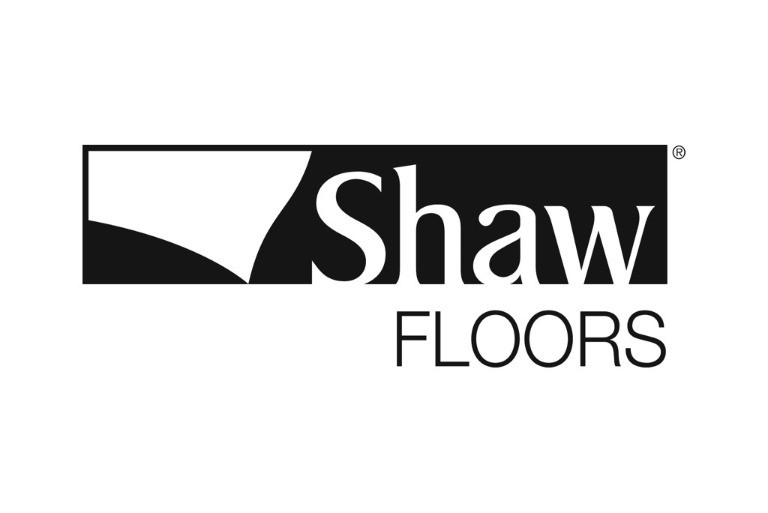
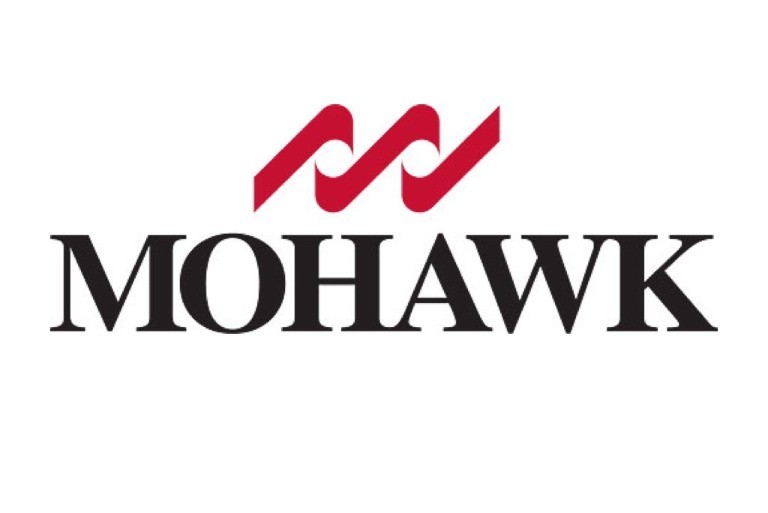
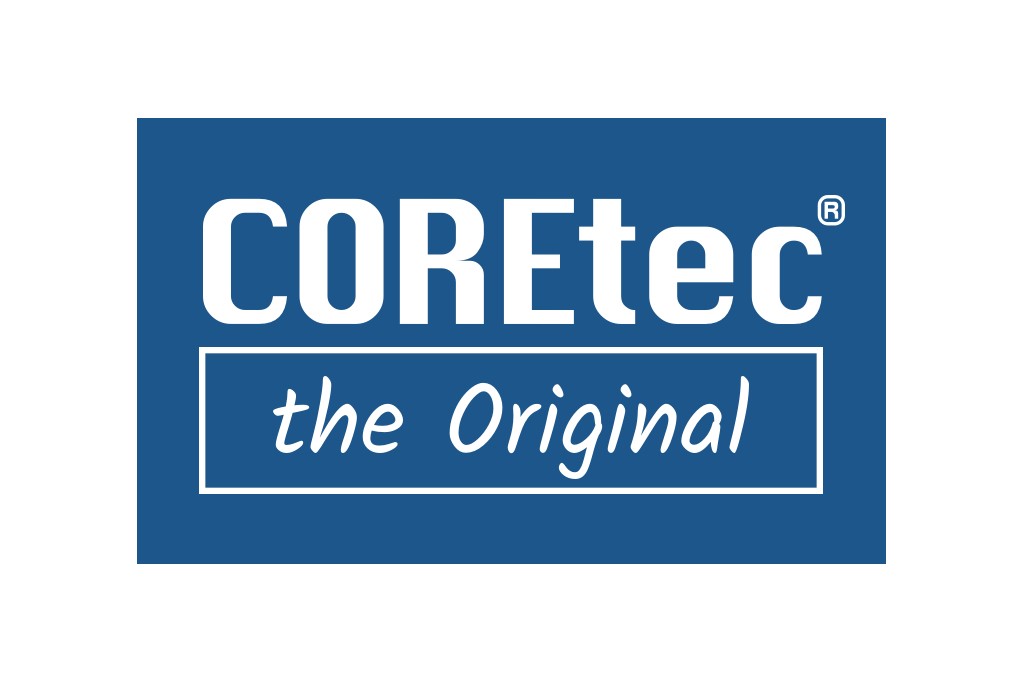
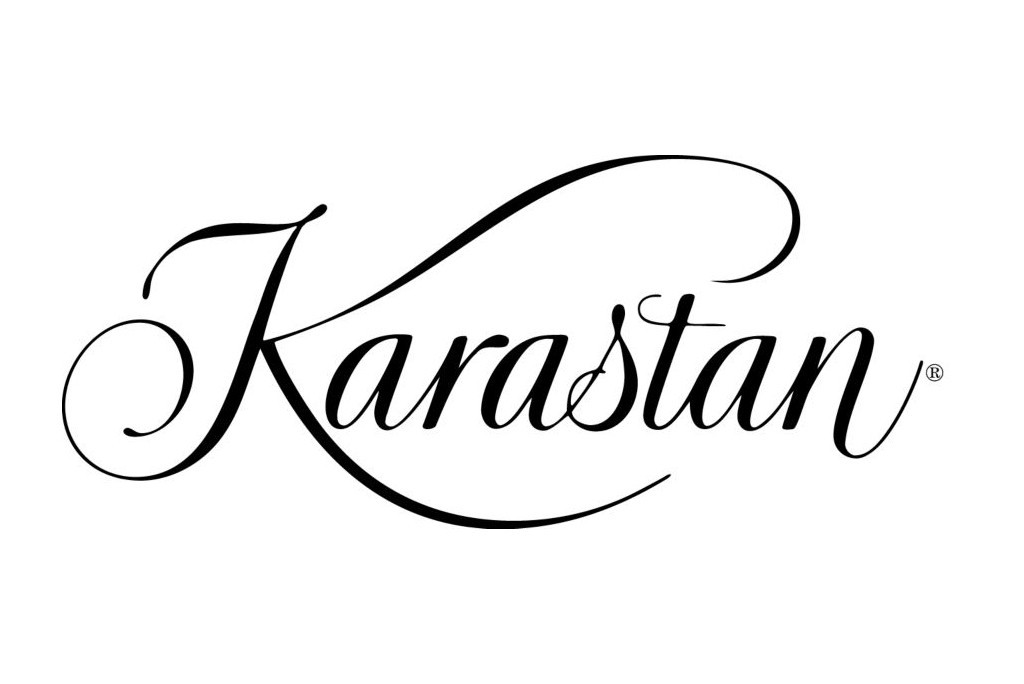

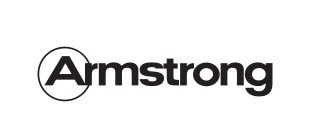

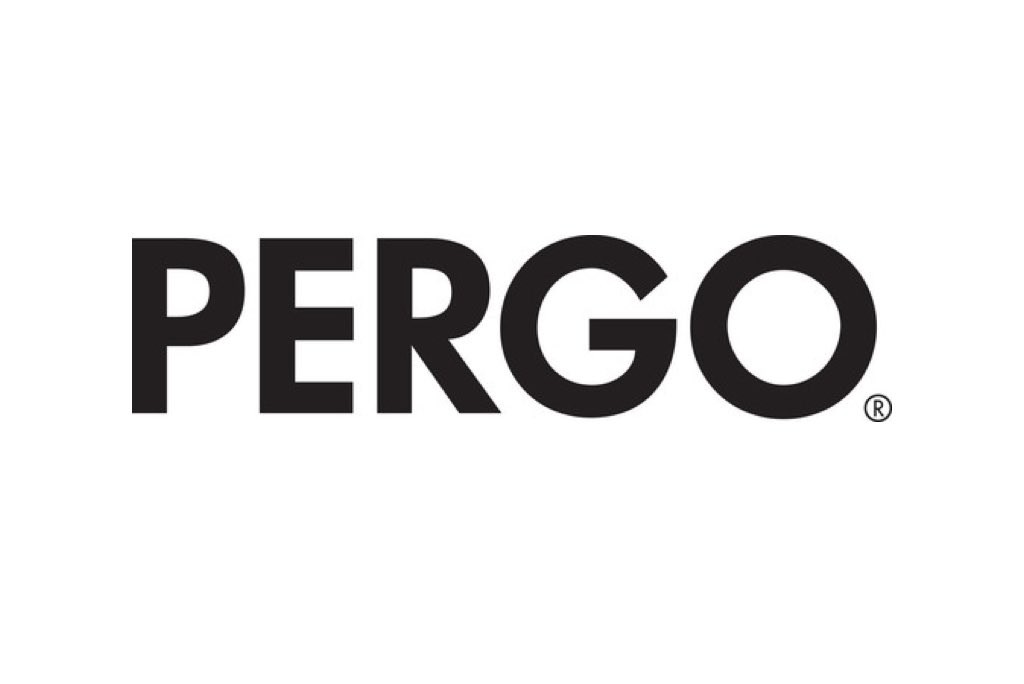

Ready to get your project started?
Fill out the form below and we'll reach out to you shortly.
"*" indicates required fields

